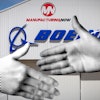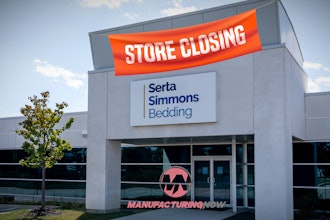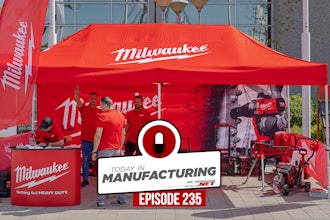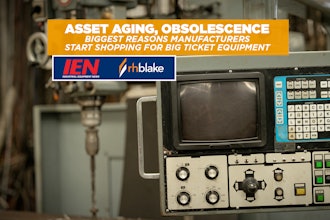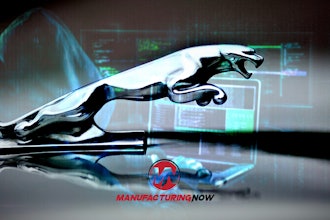A train collision last year that killed four has been blamed on design faults in a railroad crossing.
The National Transportation Safety Board this week released findings from its investigation into a 2022 collision involving an Amtrak train and a dump truck. The truck driver and three train passengers were killed in the accident and another 146 train passengers and crew were injured. The accident caused both of the Amtrak’s engines and all eight of its railcars to derail.
According to the NTSB, the road grade at the passive crossing was too steep. The American Association of State Highway and Transportation Officials sets parameters for the maximum slope at train crossings, and this particular crossing featured a slope that was 13-times steeper than those recommendations. An uphill climb like that makes it difficult for a heavy vehicle like a dump truck to come to a complete stop and then accelerate through the crossing. As the report suggests, that may have contributed to the dump truck driver crossing the rails, which were marked with a stop sign and crossbucks, without stopping.
The agency also said the angle of the intersection was 30 degrees sharper than what is recommended by AASHTO.
“The safest rail grade crossing is no rail grade crossing. But at the very least, every road-rail intersection should have an adequate design to ensure proper visibility so drivers can see oncoming trains,” said NTSB Chair Jennifer Homendy.
The NTSB noted that the Amtrak’s horn was in good working order and that the train was traveling at a safe speed. It also determined that the driver wasn’t distracted or impaired, and that no adverse weather conditions were present at the time of the accident.
Missouri launched a $750,000 study following the accident and determined changes should be made at 47 crossings on three different rails across the state. The fixes are estimated to cost $18.5 million.



